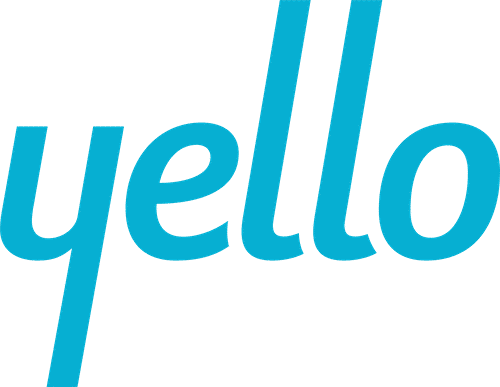In the current talent marketplace, candidates hold the power. According to the Bureau of Labor Statistics, the unemployment rate currently sits at 3.9 percent—the lowest it’s been since 2000. With so many Americans employed, candidates have the luxury of being selective in their job search. In fact, the 2018 Yello Recruiting Study found almost 50 percent of applicants have multiple offers to consider. Unfortunately for employers, this means there are no guarantees that a qualified applicant will accept your job offer.
What can talent acquisition teams do to ensure an accepted offer?
With fierce competition, you have to stand out from the pack to attract top talent. Below are five strategies you can implement to win over candidates who have multiple job offers.
Build your passive candidate pipeline
Building a pipeline of passive candidates who admire your brand and are interested in your company’s mission is a top way to prevent rejected offers. In fact, 84 percent of candidates would consider leaving their current job if they were approached by a company with an excellent reputation. Candidates who are already interested in working for your company, even before applying for a position, will be far less likely to accept a competing offer—they have already developed an interest in your company.
To cultivate a pool of passive talent excited about your organization, start by segmenting these candidates into distinct talent pools to share targeted content. For entry-level employees, profile an employee who started with little experience and has risen through the ranks or for more experienced employees, highlight perks and benefits, like low insurance premiums, flexible work environments or continued learning opportunities. Developing a pipeline of candidates who are already excited to work for your company, even before beginning the interview process, will result in more accepted offers.
Differentiate the candidate experience
A candidate’s experience with your company is a major factor in whether or not you’ll receive an accepted offer or have to go back to the drawing board. When candidates come in for an interview, take the time to give a tour, introduce the candidate to potential team members and discuss company culture, such as events, philanthropy initiatives or internal committees. Encourage the candidate to ask questions throughout the interview to create a dialogue and ensure they leave the interview with all questions answered.
Speed up the hiring process
A long interview process, whether it’s delayed by slow hiring decisions or multiple rounds of interviews, gives candidates time to connect with competing companies. One of the best ways to secure a signed offer letter is to lead a fast and efficient interview process.
To speed up hiring without compromising quality hiring decisions, create a consistent candidate evaluation process. Enable interviewers to share candidate feedback quickly, while rating the candidate across consistent standards. Evaluation management solutions assign evaluations to interviewers and automate reminders, ensuring feedback is submitted quickly. Interviewers complete custom forms from their phone or computer and recruiters eliminate the need to follow up with interviewers for feedback. They are ready to immediately advance candidates post-interview.
One of the best ways to secure a signed offer letter is to lead a fast and efficient interview process.
Start closing on the first phone screen
Starting the closing process after the final round of interviews is already too late. Ask the right questions and begin closing the candidate as early as the first screening to prevent last-minute surprises when it’s time to extend an offer. Early in the process, find out specifics on what the candidate is looking for in a new role, if they’re interviewing for other positions and their status in the process with other companies. Lead an honest conversation about salary expectations and address additional candidate questions, such as the opportunity to work remotely or the expectation of a signing bonus.
If these conversations begin during the offer stage, it may be too late to address candidate concerns. You should enter the offer stage with a clear understanding of the candidate’s expectations, so all that’s left is a final handshake.
Leverage employee referrals
Employee referrals programs have many benefits, from reducing overall cost-per hire to strengthening your company culture, but they can increase the likelihood of an accepted offer as well. Candidates want to work with people they know and trust. If they’ve been referred by a friend or former colleague, they may be more invested in the opportunity and less likely to sign a competing offer. Launch an employee referrals program team members are excited to participate in and bring in pre-vetted candidates who are already familiar your company and team.
Be prepared to move on
If you’ve provided a stand-out candidate experience, given the candidate a view inside your culture and demonstrated a positive career path—and the candidate is still unsure, be prepared to revisit your pipeline. Sometimes another offer is better and you simply can’t match it.
Even when a candidate won’t be joining your team, maintain the relationship. The candidate may share their experience with peers or refer a friend and you never know when they might be looking for their next opportunity.



